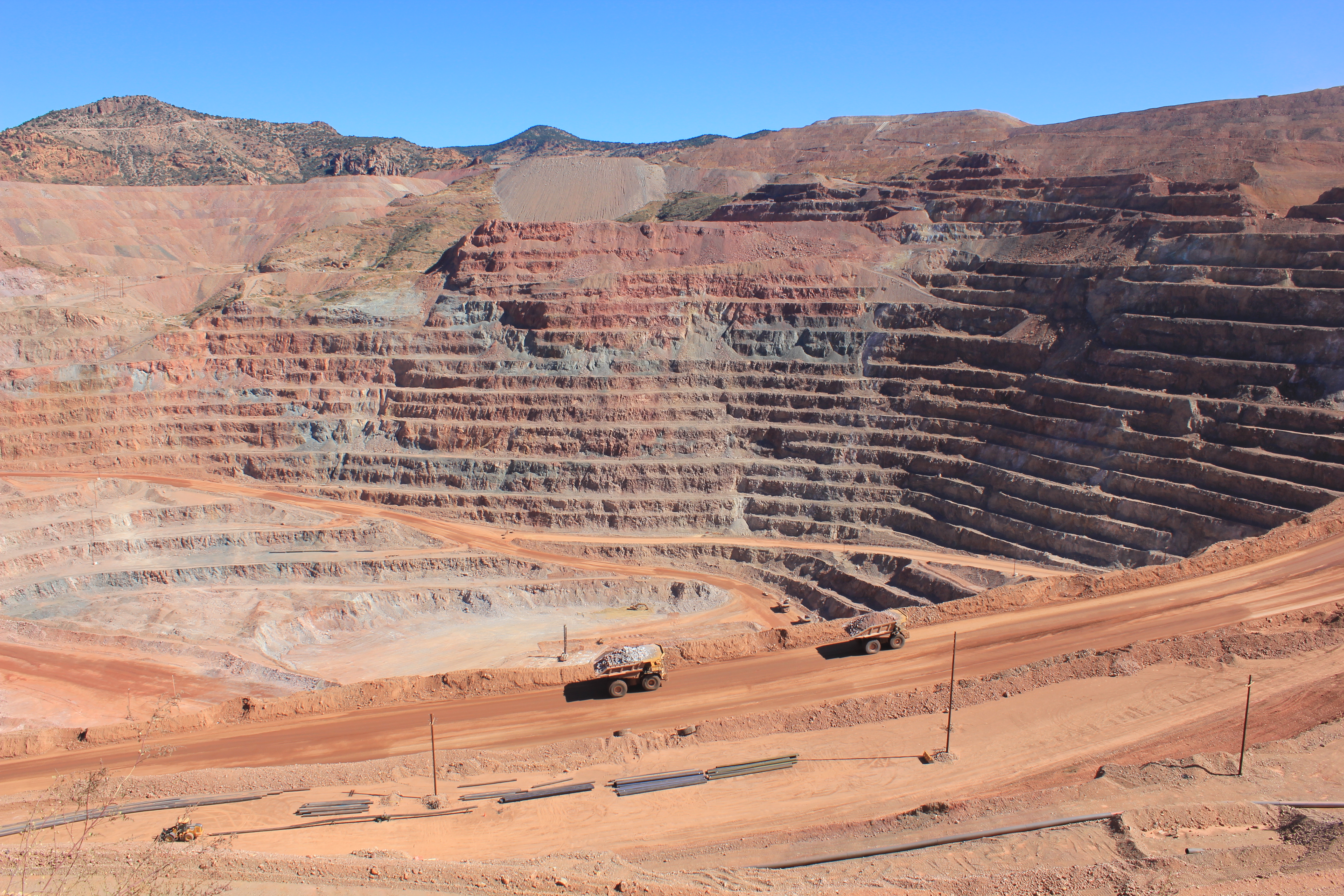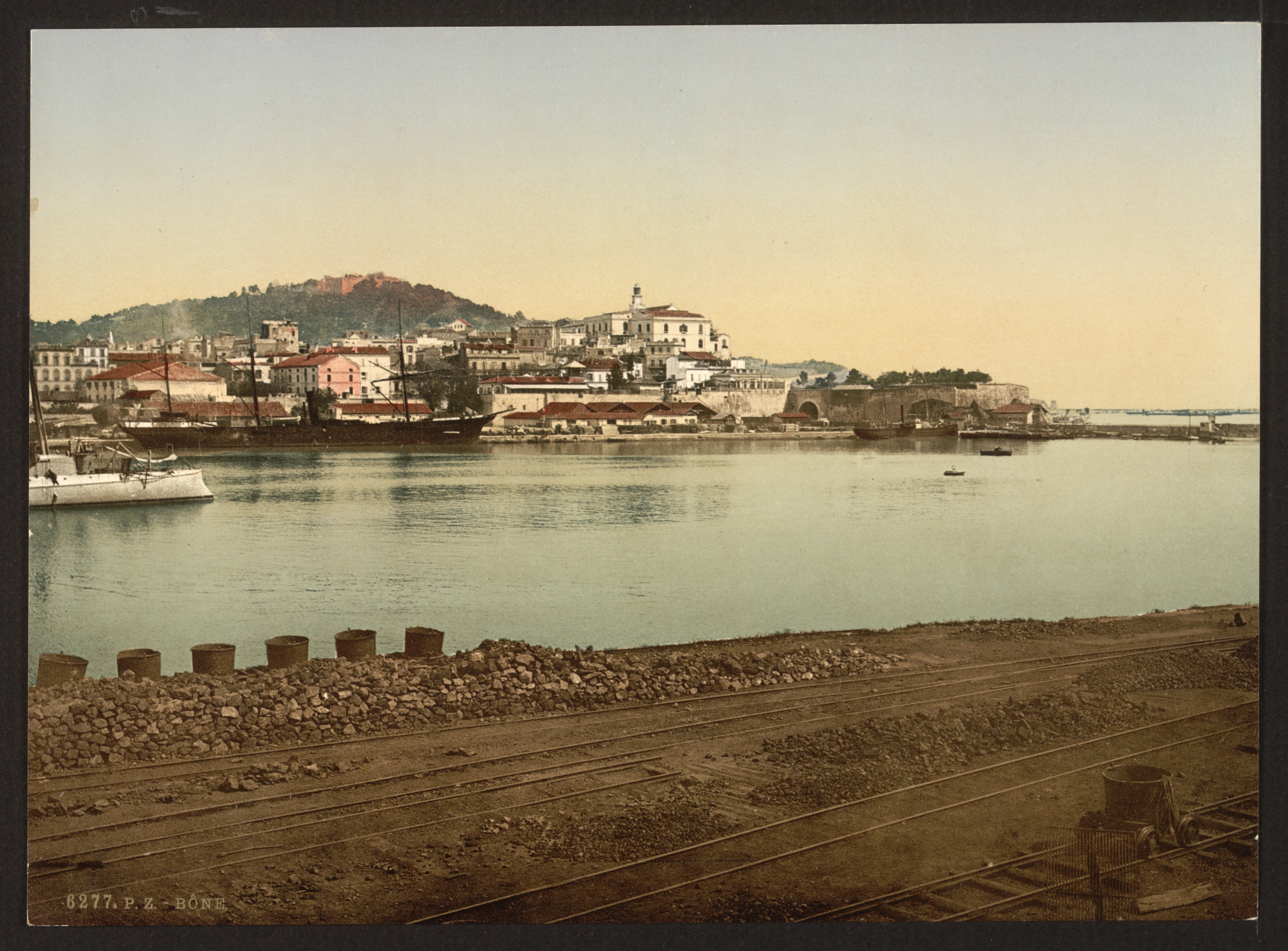 |
Chetaïbi
Chetaïbi ( ar, شطايبي; ber, Ceṭṭaybi) (formerly Herbillon) is a small fishing port in Annaba Province, Algeria located on a peninsula west of Annaba. Geography The commune of Chetaïbi is located about 62 km northwest of the wilayah of Annaba. Chetaïbi has a fishing port. The main beaches of Chetaïbi are Chétaibi, Les sables d'or, Oued Leghnem, Fountaine Romaine, La Baie Ouest and Sidi Akkacha. The population of the town was 8035 in the 2008 census. The postal code of Chetaïbi is 23014. Gallery Chetaibi village.jpg, Village of Chetaïbi Chetaibi vue Aerienne.jpg, Aerial view of Chetaïbi Chetaibi.jpg, Chetaïbi Village chetaibi.jpg , Chetaïbi History During the Roman Empire there was a Roman town called Tacuata and based on the remaining ruins, it was a relatively important city. In Roman times it was the starting point of a road to the west, marked by Muharur ( Sidi Akkacha), Zacca (Cape de Fer), where red porphyry was mined and exported to Rome ... [...More Info...] [...Related Items...] OR: [Wikipedia] [Google] [Baidu] |
|
Annaba Province
Annaba ( ar, ولاية عنابة) is a province ('' wilaya'') in the north-eastern corner of Algeria. Its capital, Annaba, is Algeria's main port for mineral exports. History In 1984 El Taref Province was carved out its territory. Administrative divisions The province is divided into 6 districts and 12 municipalities. The districts are: # Annaba # Aïn El Berda # El Hadjar # Berrahal # Chetaïbi # El Bouni The municipalities are: # Annaba # Aïn Berda (Aïn El Berda) # Barrahel # Chetaïbi Chetaïbi ( ar, شطايبي; ber, Ceṭṭaybi) (formerly Herbillon) is a small fishing port in Annaba Province, Algeria located on a peninsula west of Annaba. Geography The commune of Chetaïbi is located about 62 km northwest of the wi ... # Cheurfa # El Bouni # El Hadjar # Eulma # Oued El Aneb # Seraïdi # Sidi Amar # Treat References External links A website about Annaba and its surroundings Provinces of Algeria States and territories establish ... [...More Info...] [...Related Items...] OR: [Wikipedia] [Google] [Baidu] |
|
 |
Porphyry Copper Deposit
Porphyry copper deposits are copper ore bodies that are formed from hydrothermal fluids that originate from a voluminous magma chamber several kilometers below the deposit itself. Predating or associated with those fluids are vertical dikes of porphyritic intrusive rocks from which this deposit type derives its name. In later stages, circulating meteoric fluids may interact with the magmatic fluids. Successive envelopes of hydrothermal alteration typically enclose a core of disseminated ore minerals in often stockwork-forming hairline fractures and veins. Because of their large volume, porphyry orebodies can be economic from copper concentrations as low as 0.15% copper and can have economic amounts of by-products such as molybdenum, silver, and gold. In some mines, those metals are the main product. The first mining of low-grade copper porphyry deposits from large open pits coincided roughly with the introduction of steam shovels, the construction of railroads, and a surge in ... [...More Info...] [...Related Items...] OR: [Wikipedia] [Google] [Baidu] |
|
Algerian Independence
An independence referendum was held in French Algeria on 1 July 1962. It followed French approval of the Évian Accords in an April referendum. Voters were asked whether Algeria should become an independent state, co-operating with France; 99.72% voted in favour with a voter turnout of 91.88%. Following the referendum, France declared Algeria to be independent on 3 July; the decision was published in the official journal the following day, and Algerian leaders declared 5 July (the 132nd anniversary of the French arrival in Algiers) to be Independence Day. When Algeria ceased to be part of France it also ceased being part of the European Communities. Background The Algerian War was started by members of the National Liberation Front (FLN) with the Toussaint Rouge attacks on 1 November 1954. Conflicts proliferated in France, including the May 1958 Algerian crisis that led to the fall of the Fourth Republic. French forces used brutal means of attempting to suppress Algerian n ... [...More Info...] [...Related Items...] OR: [Wikipedia] [Google] [Baidu] |
|
 |
Bône
Annaba ( ar, عنّابة, "Place of the Jujubes"; ber, Aânavaen), formerly known as Bon, Bona and Bône, is a seaport city in the northeastern corner of Algeria, close to the border with Tunisia. Annaba is near the small Seybouse River and is in the Annaba Province. With a population of about 464,740 (2019) and 1,000,000 for the metropole, Annaba is the third-largest city and the leading industrial center in Algeria. Annaba is a coastal city that underwent significant growth during the 20th century. Annaba has a metropolitan area with a higher population density than the other metropolitan areas of the Algerian coastline, such as Oran and Algiers. Much of eastern and southern Algeria uses the services, equipment and infrastructure of Annaba. Economically, it is the centre for various economic activities, such as industry, transportation, finance, and tourism. Names Present-day Annaba grew up on the site of Aphrodisium, the seaport of the Roman city . (The modern ... [...More Info...] [...Related Items...] OR: [Wikipedia] [Google] [Baidu] |
|
France
France (), officially the French Republic ( ), is a country primarily located in Western Europe. It also comprises of overseas regions and territories in the Americas and the Atlantic, Pacific and Indian Oceans. Its metropolitan area extends from the Rhine to the Atlantic Ocean and from the Mediterranean Sea to the English Channel and the North Sea; overseas territories include French Guiana in South America, Saint Pierre and Miquelon in the North Atlantic, the French West Indies, and many islands in Oceania and the Indian Ocean. Due to its several coastal territories, France has the largest exclusive economic zone in the world. France borders Belgium, Luxembourg, Germany, Switzerland, Monaco, Italy, Andorra, and Spain in continental Europe, as well as the Netherlands, Suriname, and Brazil in the Americas via its overseas territories in French Guiana and Saint Martin. Its eighteen integral regions (five of which are overseas) span a combined area of ... [...More Info...] [...Related Items...] OR: [Wikipedia] [Google] [Baidu] |
|
|
Berbers
, image = File:Berber_flag.svg , caption = The Berber flag, Berber ethnic flag , population = 36 million , region1 = Morocco , pop1 = 14 million to 18 million , region2 = Algeria , pop2 = 9 million to ~13 million , region3 = Mauritania , pop3 = 2.9 million , region4 = Niger , pop4 = 2.6 million, Niger: 11% of 23.6 million , region5 = France , pop5 = 2 million , region6 = Mali , pop6 = 850,000 , region7 = Libya , pop7 = 600,000 , region8 = Belgium , pop8 = 500,000 (including descendants) , region9 = Netherlands , pop9 = 467,455 (including descendants) , region10 = Burkina Faso , pop10 = 406,271, Burkina Faso: 1.9% of 21.4 million , region11 = Egypt , pop11 = 23,000 or 1,826,580 , region12 = Tunisia , ... [...More Info...] [...Related Items...] OR: [Wikipedia] [Google] [Baidu] |
|
|
Arab
The Arabs (singular: Arab; singular ar, عَرَبِيٌّ, DIN 31635: , , plural ar, عَرَب, DIN 31635, DIN 31635: , Arabic pronunciation: ), also known as the Arab people, are an ethnic group mainly inhabiting the Arab world in Western Asia, North Africa, the Horn of Africa, and the western List of islands in the Indian Ocean, Indian Ocean islands (including the Comoros). An Arab diaspora is also present around the world in significant numbers, most notably in the Americas, Western Europe, Arabs in Turkey, Turkey, Arab Indonesians, Indonesia, and Iranian Arabs, Iran. In modern usage, the term "Arab" tends to refer to those who both Arab identity, carry that ethnic identity and speak Arabic as their native language. This contrasts with the narrower traditional definition, which refers to the descendants of the tribes of Arabia. The religion of Islam was developed in Arabia, and Classical Arabic serves as the language of Islamic literature. 93 percent of Arabs are Muslims ... [...More Info...] [...Related Items...] OR: [Wikipedia] [Google] [Baidu] |
|
|
Maghreb
The Maghreb (; ar, الْمَغْرِب, al-Maghrib, lit=the west), also known as the Arab Maghreb ( ar, المغرب العربي) and Northwest Africa, is the western part of North Africa and the Arab world. The region includes Algeria, Libya, Mauritania (also considered part of West Africa), Morocco, and Tunisia. The Maghreb also includes the disputed territory of Western Sahara (controlled mostly by Morocco and partly by the Sahrawi Arab Democratic Republic) and the Spanish cities Ceuta and Melilla.Article 143. As of 2018, the region had a population of over 100 million people. Through the 18th and 19th centuries, English sources often referred to the region as the Barbary Coast or the Barbary States, a term derived from the demonym of the Berbers. Sometimes, the region is referred to as the Land of the Atlas, referring to the Atlas Mountains, which are located within it. The Maghreb is usually defined as encompassing much of the northern part of Africa, includi ... [...More Info...] [...Related Items...] OR: [Wikipedia] [Google] [Baidu] |
|
|
Seybouse
Seybouse (in arq, rtl=yes, وادي سيبوس, Oued Seybouse) is a river in northeastern Algeria, near the border with Tunisia. In Roman times, it was called the ''Ubus''. Course The river runs for about , flowing through Guelma and Annaba Provinces. It starts in Medjez Amar, in the Tell Atlas north-west of Guelma Province. Its flows into the Mediterranean Sea at Seybouse (called ''Joannonville'' under French rule) to the south-east of the city of Annaba. Its mouth is just north of Sidi Salem, the site of Hippo Regius where Saint Augustine Augustine of Hippo ( , ; la, Aurelius Augustinus Hipponensis; 13 November 354 – 28 August 430), also known as Saint Augustine, was a theologian and philosopher of Berber origin and the bishop of Hippo Regius in Numidia, Roman North Af ... lived in AD 391–430. The Seybouse is used for irrigation of agricultural areas, but it is becoming polluted because of industrial activities. Characteristics References External lin ... [...More Info...] [...Related Items...] OR: [Wikipedia] [Google] [Baidu] |
|
 |
Civitas
In Ancient Rome, the Latin term (; plural ), according to Cicero in the time of the late Roman Republic, was the social body of the , or citizens, united by law (). It is the law that binds them together, giving them responsibilities () on the one hand and rights of citizenship on the other. The agreement () has a life of its own, creating a or "public entity" (synonymous with ), into which individuals are born or accepted, and from which they die or are ejected. The is not just the collective body of all the citizens, it is the contract binding them all together, because each of them is a . is an abstract formed from . Claude Nicolet traces the first word and concept for the citizen at Rome to the first known instance resulting from the synoecism of Romans and Sabines presented in the legends of the Roman Kingdom. According to Livy, the two peoples participated in a ceremony of union after which they were named Quirites after the Sabine town of Cures. The two grou ... [...More Info...] [...Related Items...] OR: [Wikipedia] [Google] [Baidu] |
|
Sidi Akkacha
Sidi Akkacha is a town and commune in Chlef Province, Algeria ) , image_map = Algeria (centered orthographic projection).svg , map_caption = , image_map2 = , capital = Algiers , coordinates = , largest_city = capital , relig .... According to the 1998 census, it had a population of 23,374. 10 July 2002. Page 7. References Communes of Chlef Province Cities in Algeria[...More Info...] [...Related Items...] OR: [Wikipedia] [Google] [Baidu] |